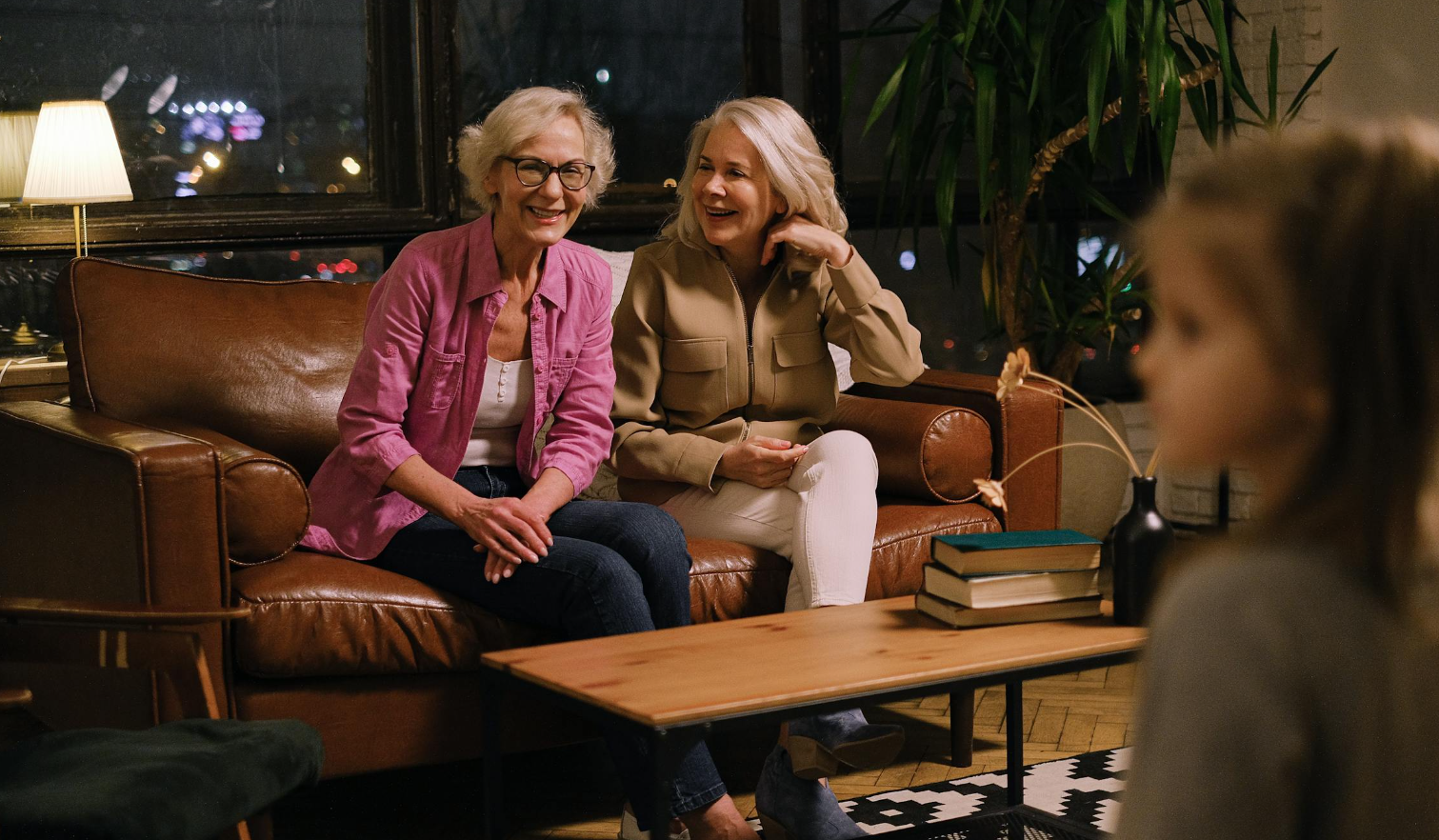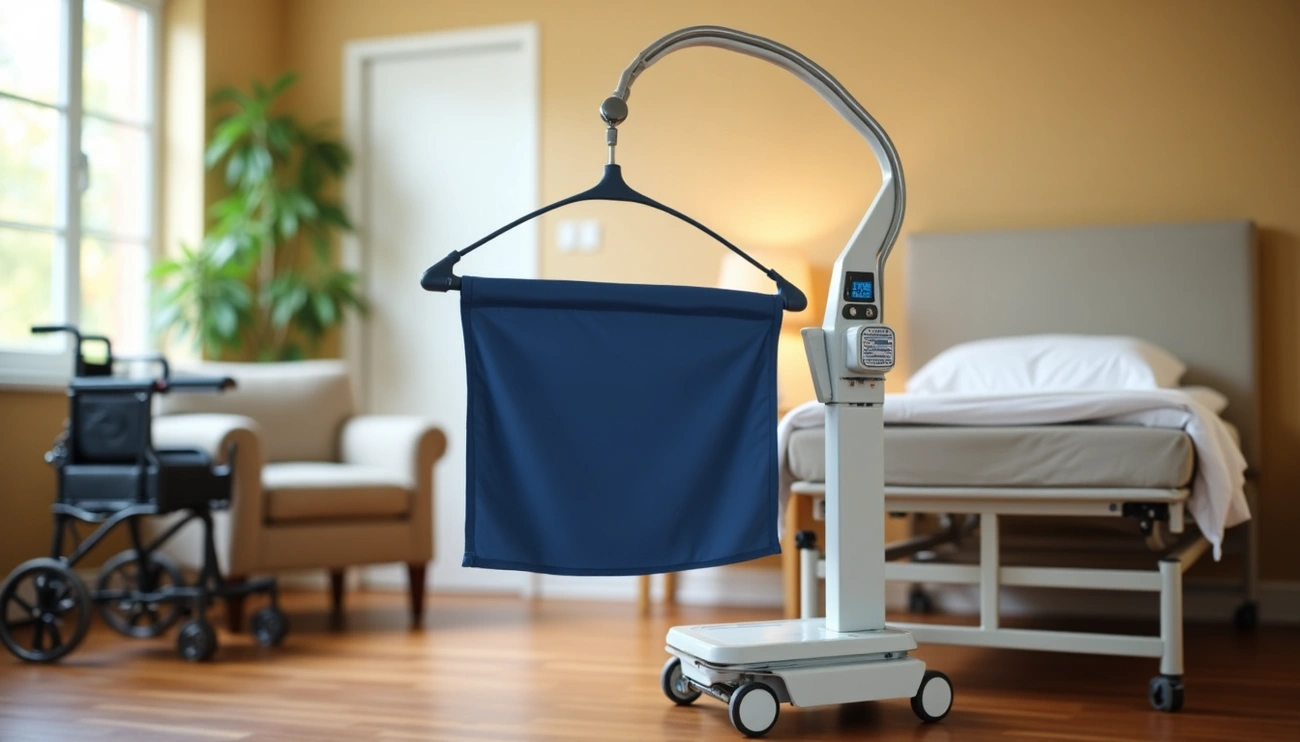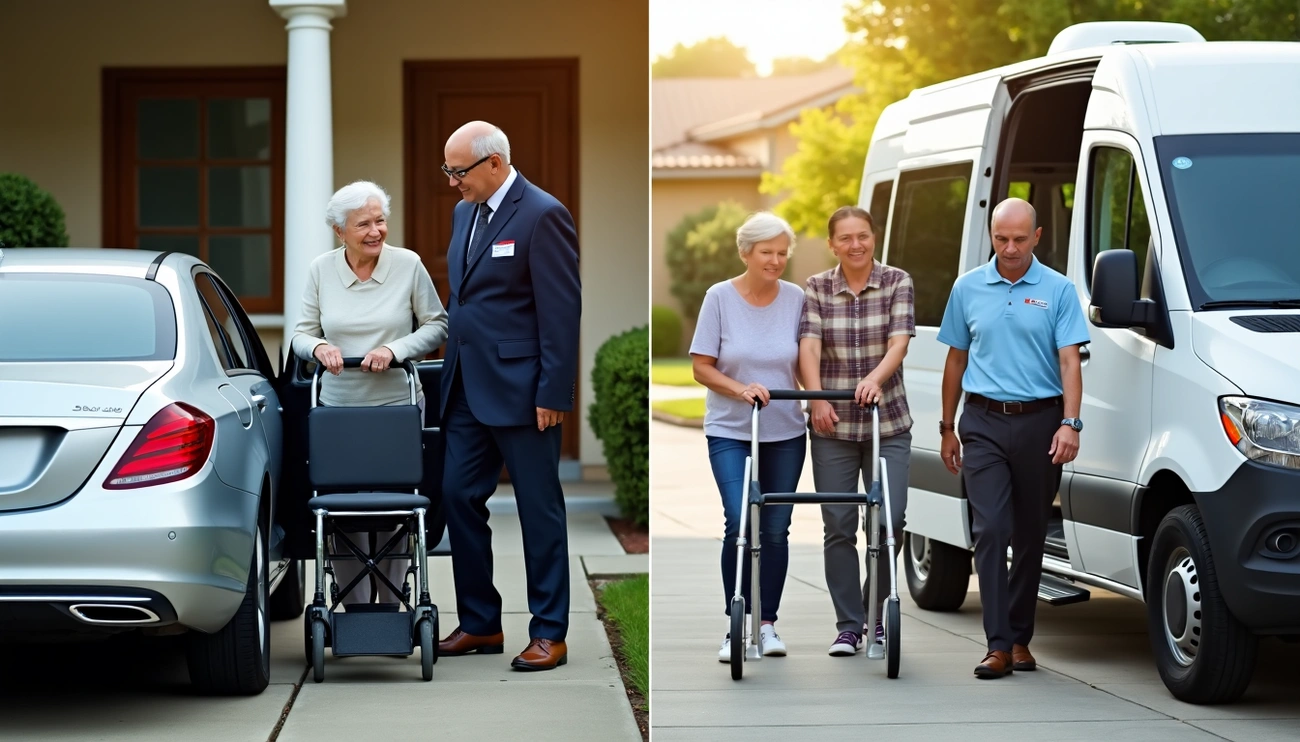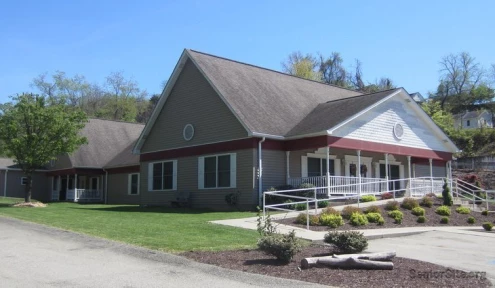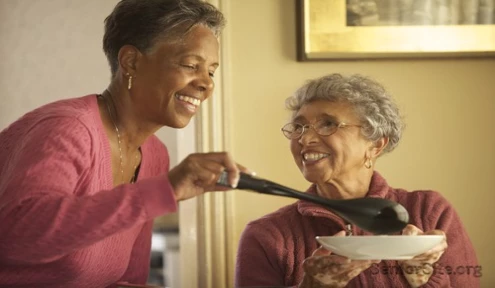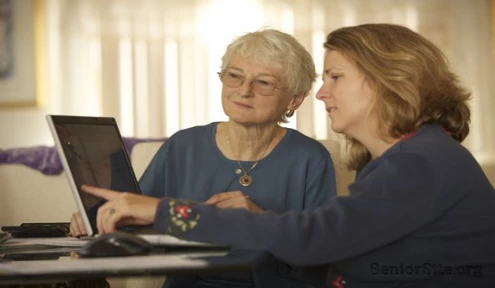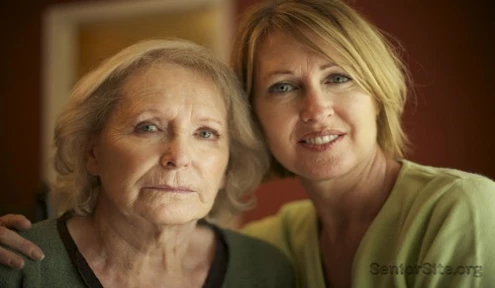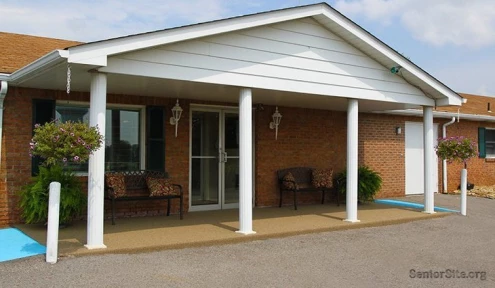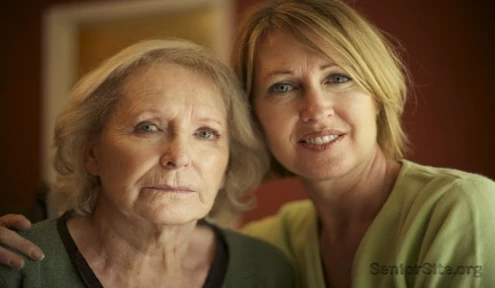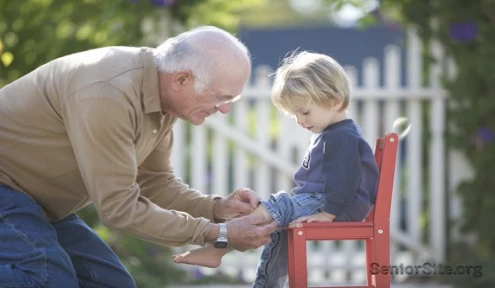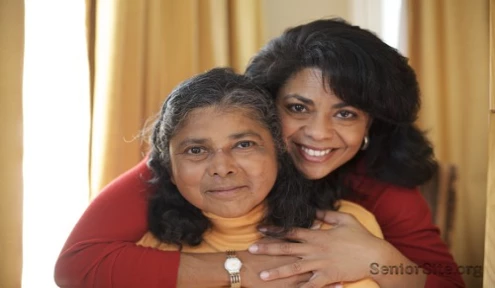Adaptive clothing for seniors emerges as a crucial solution to challenges in dressing and undressing due to physical limitations, bringing comfort, independence, and convenience into their daily lives. Specifically designed to meet the unique needs of individuals with limited mobility or dexterity, these garments incorporate modified closures, adjustable fastenings, and open-back designs, ensuring ease of use without forsaking style or comfort. The importance of adaptive clothing extends to facilitating dressing for those with conditions like swollen feet or arthritis, offering options such as gripper socks, wide shoes, and elastic waistbands for greater accessibility and comfort.
This article will explore the array of adaptive clothing options available, including sleepwear, velcro clothing, adaptive pants, and wheelchair-accessible attire, tailored to enhance the quality of life for seniors and those with disabilities. It will also delve into how adaptive designs, like magnetic closures and carezips, not only benefit the wearers by simplifying the dressing process but also aid caregivers, easing the physical and emotional strain associated with dressing others. From adaptive shirts to recovery wear and anti-strip features, the guide aims to provide comprehensive insights into choosing the right adaptive clothing for both comfort and dignity.
Understanding Adaptive Clothing
The Need for Adaptive Clothing
Adaptive clothing is essential for individuals who face challenges with dressing due to disabilities or age-related conditions. This specialized apparel is designed to address the specific needs of these individuals, making dressing less of a chore and more manageable. Features like Velcro closures, elastic waistbands, and open-back designs not only simplify the dressing process but also promote a sense of independence and dignity. For many, especially the elderly and those with conditions like arthritis, cerebral palsy, or sensory sensitivities, adaptive clothing offers a practical solution that enhances daily comfort and eases the physical strain on both the wearer and caregivers.
Design Innovations in Adaptive Apparel
Recent advancements in adaptive clothing focus on combining functionality with style, ensuring that users don’t have to compromise on personal aesthetics. Innovations include magnetic closures that replace traditional buttons, making it easier for individuals with limited dexterity to dress independently. The integration of adjustable features, such as side zippers and stretchable fabrics, accommodates various physical limitations and body shapes, providing a better fit and greater comfort for users.
Adaptive apparel also considers the seated posture of wheelchair users, offering designs that reduce pressure points and enhance overall comfort. For example, pants with higher back rises and special seating cuts prevent the garment from bunching up, which is crucial for preventing skin irritation and sores. This thoughtful approach to design not only improves the physical comfort of the wearer but also boosts their confidence and ability to engage in daily activities with ease.
The Impact of Adaptive Clothing on Seniors’ Lives
Enhancing Comfort and Convenience
Adaptive clothing significantly enhances the daily lives of seniors by prioritizing comfort and convenience. The use of soft, breathable, and stretchable fabrics ensures a comfortable fit, which is crucial for those with sensitive skin or medical conditions. Features like elastic waistbands and adjustable closures accommodate changes in body size, providing flexibility and ease in dressing. Furthermore, adaptive designs include practical elements such as Velcro closures and magnetic buttons, simplifying the dressing process and reducing the physical strain associated with traditional clothing.
Promoting Independence and Confidence
One of the most profound impacts of adaptive clothing is its ability to promote independence among seniors. By incorporating features that allow for easy dressing and undressing, such as larger buttons and alternative closures, adaptive clothing empowers seniors to manage their dressing routines without extensive assistance. This autonomy can lead to increased self-confidence and a stronger sense of control over one’s life. Additionally, adaptive clothing allows seniors to express their personal style and maintain their dignity, which are essential for a positive self-image and overall well-being.
Key Features of Adaptive Clothing for Seniors
Easy-Wear Technologies
Adaptive clothing for seniors incorporates numerous user-friendly features designed to simplify the dressing process. These include Velcro closures, magnetic buttons, and easy-touch closures in footwear, which are particularly beneficial for those with limited dexterity. Additionally, garments are equipped with open-back designs and side-open pants, allowing for easier access and the ability to dress with dignity. For those who struggle with traditional fasteners, options like magnetic snap fasteners and Velcro replace conventional buttons and zippers, making self-dressing feasible and less frustrating.
Flexible and Comfortable Materials
The comfort of the wearer is paramount in the design of adaptive clothing. Fabrics are selected for their softness, breathability, and stretchability, which are essential for seniors with sensitive skin or those who require non-restrictive garments. Features such as elastic waistbands and adjustable closures are common, accommodating fluctuations in body size and providing a comfortable fit that adapts to the wearer’s needs. This focus on comfort helps to ensure that seniors can wear these garments throughout the day without discomfort.
Stylish Options for Every Senior
Adaptive clothing does not sacrifice style for functionality. Seniors have a variety of fashionable designs, colors, and styles to choose from, ensuring that they can express their personal style while enjoying the benefits of adaptive features. This blend of fashion and function is crucial as it helps maintain the wearer’s self-esteem and confidence, allowing them to feel good about their appearance and engage socially without feeling self-conscious.
Benefits for Caregivers and Healthcare Professionals
Streamlining the Dressing Process
Adaptive clothing significantly simplifies the dressing process for caregivers and healthcare professionals. Features such as open-back designs, Velcro closures, and strategically placed access points allow for quick and easy dressing and changing of seniors, making the process less time-consuming and more efficient. This is particularly beneficial when assisting wheelchair users or those with swollen feet, as adaptive clothing reduces the hassle and physical strain involved. Additionally, the integration of easy-to-use closures and comfortable materials in adaptive clothing minimizes discomfort during dressing, making the routine smoother and less stressful for both the caregiver and the patient.
Reducing the Risk of Injuries
The design of adaptive clothing also plays a crucial role in reducing the risk of injuries for caregivers and the individuals they assist. By eliminating the need for excessive lifting or awkward positioning, adaptive clothing reduces the strain on caregivers and minimizes the risk of back or knee injuries. Furthermore, adaptive footwear with anti-slip bottoms enhances safety by reducing the likelihood of falls, providing stability and traction on various surfaces. These features not only make the dressing process safer but also protect the well-being of both caregivers and their patients, ultimately contributing to a safer care environment.
Adaptive Clothing Options Available
Adaptive Tops and Pants
Adaptive clothing simplifies dressing for seniors and individuals with disabilities by incorporating features like magnetic closures, easy touch closures, and special designs that enhance comfort and maintain dignity. Open back tops and side open pants are specifically designed to facilitate easier dressing and undressing, providing practical solutions for those with limited mobility. The use of Velcro®, side zippers, and stretchy fabrics helps address the challenge of fastening traditional buttons or zippers, which can be difficult due to the loss of fine motor skills. Additionally, these garments often include anti-strip jumpsuits and incontinence clothing, catering to specific needs and enhancing the quality of life for wearers.
Specialized Footwear
Adaptive footwear is crafted to meet the unique needs of the elderly and disabled, focusing on comfort, safety, and ease of use. These shoes feature wide openings, elastic or Velcro closures, and sometimes zippers, making them easy to put on and take off, thus promoting independence. Enhanced stability and balance are achieved through design elements like wider bases and reinforced heel counters, which are crucial for preventing falls. Adaptive shoes also cater to specific foot conditions by offering features such as extra-depth for orthotics and seamless interiors to minimize discomfort. The availability of various styles ensures that seniors do not have to compromise on aesthetics for functionality.
Supportive Undergarments and Sleepwear
Adaptive undergarments provide ease and independence, featuring closures that are easy to manage, such as Velcro, zippers, and magnetic clasps. These are especially beneficial for individuals with mobility limitations, chronic pain, or those recovering from surgery. Sleepwear and nightwear for seniors are designed with similar adaptive features to ensure comfort throughout the night. For instance, open-back nighties and pajamas with easy-access designs support caregiving activities and enhance the sleep quality of the elderly. The focus on combining functionality with style in these garments allows seniors to enjoy comfort without sacrificing their personal style preferences.
Choosing the Right Adaptive Clothing
Identifying Individual Needs
When selecting adaptive clothing, understanding the specific needs of the individual is paramount. This includes considering their level of mobility, any physical limitations, and their daily activities which may affect their clothing needs. For those with conditions like ALS, Alzheimer’s, or arthritis, it’s crucial to choose garments that accommodate their range of motion and ease of dressing. Additionally, for individuals such as wheelchair users or those with sensory sensitivities, clothing should not only be functional but also comfortable and suitable for long periods of sitting.
Quality and Durability Considerations
The durability and quality of adaptive clothing are essential for ensuring long-term usability and comfort. High-quality materials that can withstand frequent washing and wear are crucial. Look for garments with reinforced seams and high-quality stitching to prevent wear and tear. Additionally, the choice of fabric is important; breathable, stretchable, and soft fabrics like cotton and bamboo enhance comfort and reduce the risk of skin irritation.
Where to Find Adaptive Clothing
Finding the right source for adaptive clothing can significantly impact the quality and suitability of the garments. Established brands like Buck & Buck have been trusted by caregivers and family members for adaptive clothing solutions tailored to ease the dressing process for various disabilities. These brands often offer a wide range of adaptive clothing options, from everyday wear to specialized garments for specific medical needs, ensuring that all levels of disabilities are catered to.
Conclusion
Throughout this guide, we have navigated the transformative power of adaptive clothing in enhancing the lives of the elderly and individuals with disabilities, underscoring its profound impact on comfort, independence, and self-esteem. The exploration of various adaptive apparel, from innovative tops and pants to specialized footwear and sleepwear, highlights the comprehensive options available that marry functionality with style. By addressing the unique needs of those with mobility challenges or other disabilities, adaptive clothing not only simplifies the dressing process but also fosters a sense of autonomy and confidence in wearers, allowing them to engage in daily activities with ease and dignity.
In essence, adaptive clothing represents more than just a niche category in fashion; it’s a significant leap towards inclusivity and accessibility in the apparel industry. The benefits extend beyond the wearers to caregivers and healthcare professionals, streamlining the dressing process and reducing the risk of injuries. As society continues to acknowledge and address the varied needs of its members, the demand for adaptive clothing will likely grow, driving further innovation and variety in this essential sector. Ultimately, the right adaptive clothing can significantly improve the quality of life, symbolizing not only physical comfort but also respect for the individuality and independence of seniors and those with disabilities.
FAQs
1. How can clothing be adapted for the elderly and disabled? To adapt clothing for individuals with disabilities or elderly individuals, consider the following modifications:
- Replace traditional closures with pull-on styles to simplify dressing.
- Attach loops to pants waistbands to aid in pulling them up.
- Ensure that clothing does not have uncomfortable seams or pressure points.
- Accommodate any necessary prostheses or braces by leaving extra room.
- Choose appropriate footwear that is easy to wear and remove.
- Always keep the wearer’s personal style in mind to ensure they feel good in their clothes.
2. Who needs adaptive clothing? Adaptive clothing is essential for individuals with various disabilities, including those with physical disabilities, mobility issues, and cognitive or sensory sensitivities. It is also beneficial for elderly people who struggle with conventional clothing due to difficulties with buttons and zippers.
3. What is adaptive clothing? Adaptive clothing is specially designed to meet the needs of individuals with physical disabilities, mobility challenges, cognitive issues, and sensory sensitivities. This type of clothing aims to enhance comfort, ease of dressing, and independence.
4. What purposes does adaptive clothing serve? Adaptive clothing is primarily used by people with disabilities and elderly individuals who find traditional clothing difficult to manage. It offers easier dressing options and enhances the wearer’s comfort and independence. This clothing type is also chosen by those who value the convenience and comfort it provides.
